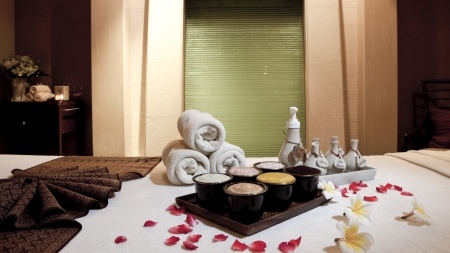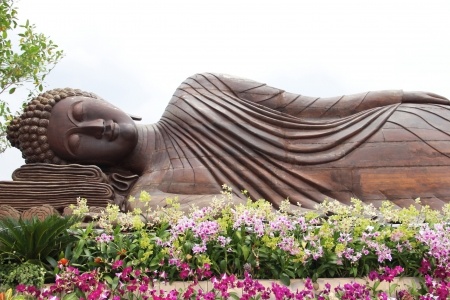Meditation Room Design: Components of a Good Meditation Sanctuary
______________________________________________________________________________________________________
By Suzanne Glover

Meditation room design is a very fun subject and perfect for the meditation issue of our positive thinking magazine. Here are some practical, easy to do tips for creating your meditation sanctuary.
WHERE TO START
First, think about the art of meditation. What does it mean to you? Do you picture yourself “drifting off into the clouds?” Then paint your ceiling a light blue and “sponge in” some white clouds.
Does meditation mean connecting to a divine power? Then you might want to surround yourself with images and objects that represent that power to you.
Whatever the core concept of meditation is for you, then let your meditation room design reflect it.
MEDITATION SANCTUARY
Now that you have an idea of where to start, let’s talk practicality. Here are some key elements you’ll want to integrate into your meditation room no matter what the core theme reflects.
 1. QUIET LOCATION: Choose the quietest room in the house if possible to avoid distraction such as road or family noise. If you don’t have a room to spare, choose a place in the garden, or screen off a portion of a room which designates that it is your space to explore the practice of meditation.
1. QUIET LOCATION: Choose the quietest room in the house if possible to avoid distraction such as road or family noise. If you don’t have a room to spare, choose a place in the garden, or screen off a portion of a room which designates that it is your space to explore the practice of meditation.
2. CLUTTER FREE: Since the object of meditation is to free your mind of mental clutter, your meditation room design should have a minimalistic approach. Only have images and objects in the room or space that are significant to or enhance your practice of meditation.
 3. FRESH AIR OR ROOM SCENTS: Because the practice of meditation greatly involves focused breathing, you’ll want to enhance your breathing with good fresh air. Now, although this may seem obvious, it’s not always practical if you live in the midst of a busy road or urban environment. So, another practice that many people use when meditating is scented candles or incense.
3. FRESH AIR OR ROOM SCENTS: Because the practice of meditation greatly involves focused breathing, you’ll want to enhance your breathing with good fresh air. Now, although this may seem obvious, it’s not always practical if you live in the midst of a busy road or urban environment. So, another practice that many people use when meditating is scented candles or incense.
Although using scents is not a substitute for clean, fresh air, they can encourage a deeper state of relaxation as well as help anchor in the feelings of meditation because you are associating meditation with a smell. This gives your body a trigger to start the meditation process when it smells the scent, which is similar to Pavlov’s experiment when he rang the bell at feeding time, the dogs learned to associate the bell with food and salivated at the ringing of the bell. Same thing goes with your body. Associating it with a scent can help your body learn to drop down into meditation quicker and easier.
More ideas for designing a meditation room next…












